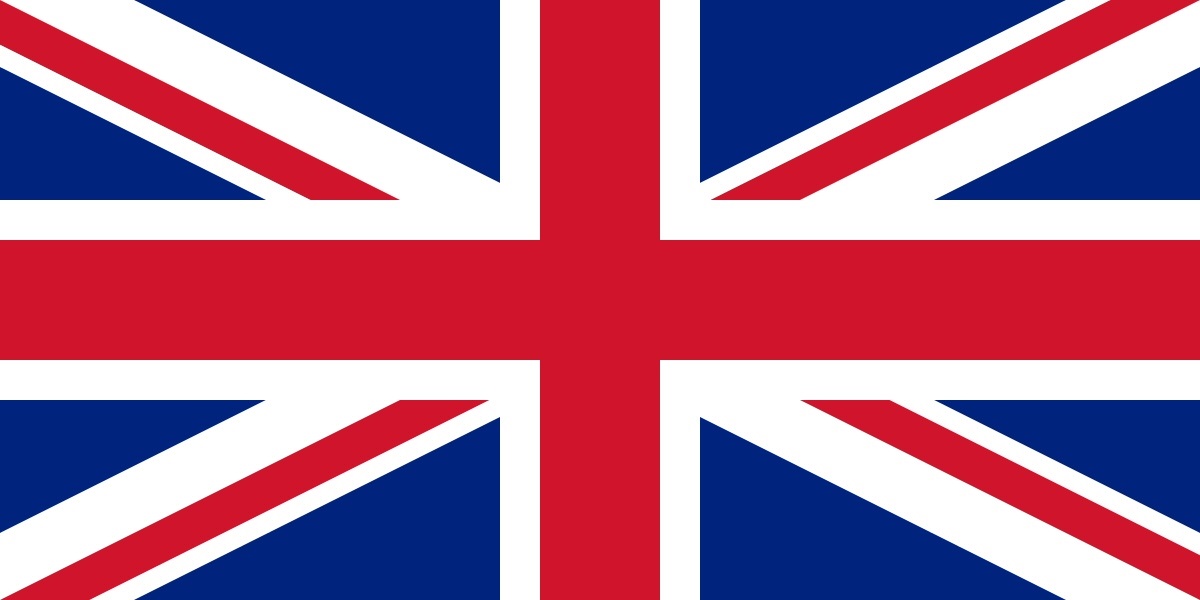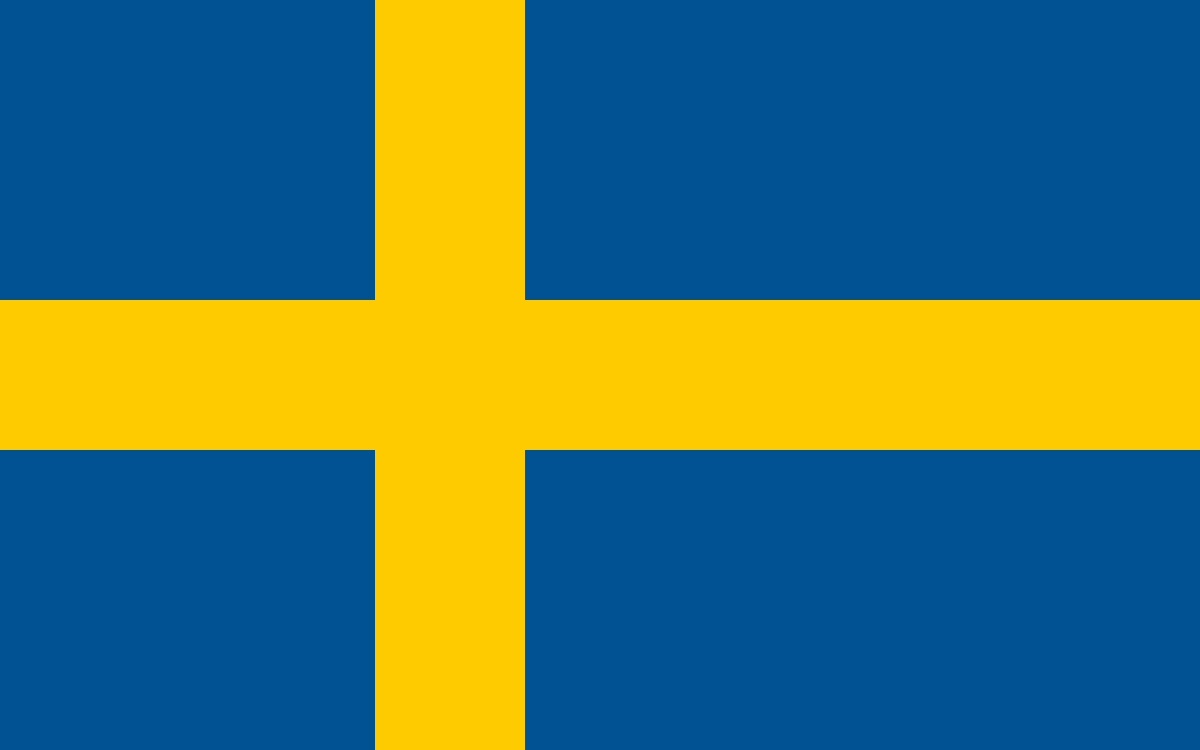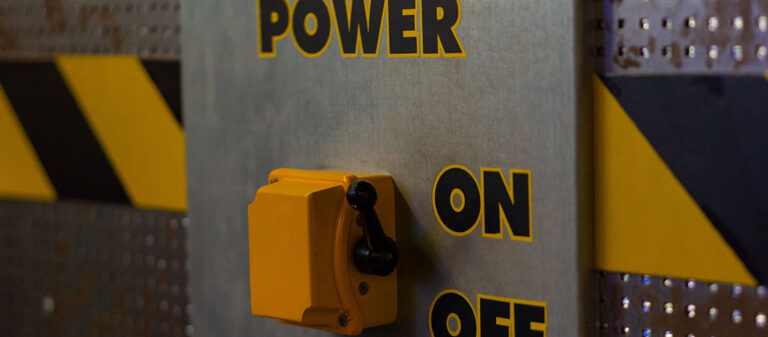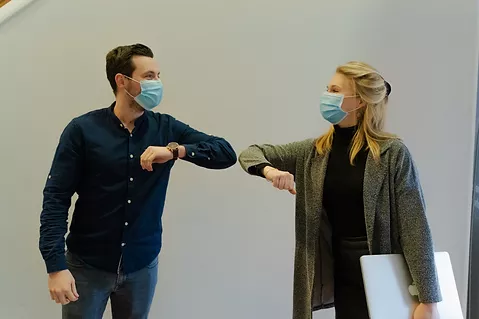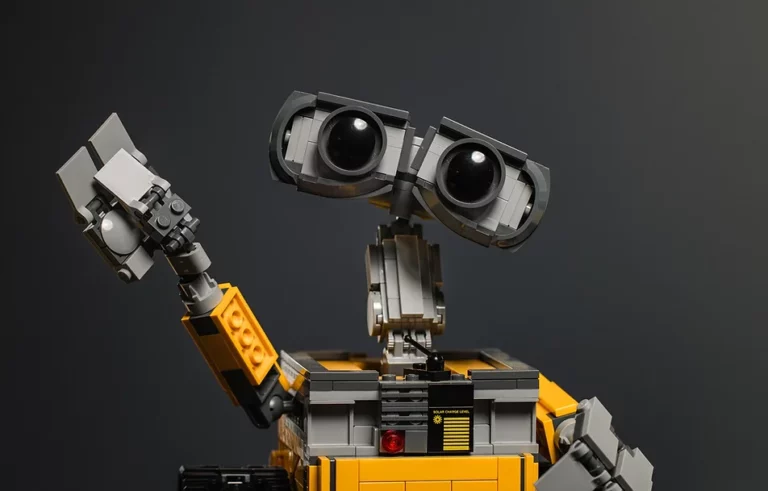1. The Machinery Directive 2006/42/EC – A guide for manufacturers and importers that sell and market machines on the EU market.
This article is a summary of the Machinery Directive and the procedure for CE marking machines and the associated products that are included in the directive. Reading this article should give you a good grasp of the general procedure that is required for these products within the EEA. It is not meant to be a complete guide, but should be a good starting point and reference for anyone in the early stages of product compliance. We hope that it can answer such questions as:
- Do I need to CE mark my product under the Machinery Directive?
- Is my product considered a machine?
- Do I need the involvement of a Notified Body to CE mark my product?
2. What is the Machinery Directive?
Directive 2006/42/EC, also known as the Machinery Directive (MD), is the main legislation that enforces the safety of most machines. Other legislation regulates more specific categories of machinery, but the MD is designed to be applicable to any machine.
The MD mostly uses the word “machinery” rather than “machine”, but for this article these terms will be used interchangeably without any intended difference in meaning.
2.1. Scope of the MD
Even though it is called the Machinery Directive, the MD also applies to several different kinds of products that are used in or with machines, i.e. machinery. The specified categories are:
- Machinery
- Interchangeable equipment for machinery or tractors
- Safety components for machinery
- Lifting accessories to be used with machinery
- Chain, ropes and webbing to be used with machinery or lifting accessories
- Removable mechanical transmission devices for self-propelled machinery or tractors
- Partly completed machinery
So core to the Machinery Directive is unsurprisingly the definition of a machine. In essence any apparatus or assembly with a drive system, i.e. a motor of some sort, is the main definition of machine. But there are more inclusions:
- An assembly fitted with, or intended to be fitted with, a drive system not powered by human or animal effort.
- An assembly as defined in the previous point, only missing components for connection to power sources or means of motion, or to be mounted in a structure.
- Assemblies as defined in previous points, to be connected to function as a whole.
- An assembly with at least one moving part, intended for lifting actions and powered by human effort.
2.2. Directives superseding the MD
This scope is very wide and encompasses a large variety of products. To not make the MD redundantly applicable for products whose safety is already well enough covered by other directives, it includes an unusual article. In Article 3 of the MD it specifies that if all relevant hazards defined in the MD are covered by another applicable directive, then the MD shall not apply. This lets things like household-appliances and toys disregard the MD in favor of the Low Voltage Directive (LVD) or Toys Safety Directive (TSD). The “Guide to application of the Machinery Directive 2006/42/EC” is a guiding document that is published on the Commission’s website. It is not legally binding, but is widely regarded as a “true” interpretation of the MD. It lists all directives that can supersede the MD, and in which circumstances they should be applied.
Legislation that applies instead of the MD:
- The Low Voltage Directive (LVD)
(For products defined in Article 1 (k) of the MD.) - The Toy safety Directive (TD)
- The Personal Protective Equipment Regulation (PPER)
- The Medical Device Regulation (MDR)
- The Lifts Directive (LD)
- The Cableways Regulation
- The Agricultural and Forestry Vehicles Regulation
Legislation that may apply instead of the MD for certain hazards:
- The ATEX Directive
- Directives 84/500/EEC and 2002/72/EC and Regulation (EC) 1935/2004. Regarding contact with foodstuffs for different materials.
- The Simple Pressure Vessels Directive (SPVD)
- The Gas Appliances Regulation (GAR)
- The Pressure Equipment Directive (PED)
Legislation that may apply in addition to the MD for certain hazards:
- The Construction Products Regulation (CPR)
- The NRMMD Regulation
- The Radio Equipment Directive (RED)
- The OND Directive
- The Electromagnetic Compatibility Directive (EMCD)
- The EErP Directive
There are a lot of legislation to keep in mind when identifying the requirements of a machine, but doing so is essential in ensuring the compliance of the final product. Assessing the legislations that could apply instead of the MD should always be done as early as possible to verify whether the MD should be applied to a product.
3. CE marking of machinery
All products within the scope of the MD are required to be CE, with one exception: partly completed machines.
The process of CE marking is easier for machines that have relevant harmonised standards or which are less complicated. This is because it is easier to determine compliance with the MDs requirements.
3.1. Essential Health and Safety Requirements
As with a lot of the EU legislation, the MD defines a set of safety requirements that act as the core of the directive. The MD calls these Essential Health and Safety Requirements, or more commonly “EHSR” and they are listed in Annex I of the directive. The annex itself is divided into 6 sections, each applying to a certain type of machine:
- Essential health and safety requirements (always applies)
- Certain categories of machinery
- Foodstuffs machinery and machinery for cosmetics or pharmaceutical products
- Portable hand-held and/or hand-guided machinery
- Machinery for working wood and material with similar physical characteristics
- Machinery for pesticide application
- Hazards due to the mobility of machinery
- Hazards due to lifting operations
- Machinery intended for underground work
- Particular hazards due to the lifting of persons
The list of EHSRs is extensive, and not always easy to interpret. Some EHSR are specific, giving clear instructions. Others are vague and require some interpretation before implementation.
The MD requires that products within its scope have a list of all applicable EHSRs as part of their technical documentation. For each relevant EHSR, there must be documentation that shows how the EHSR is complied with. How this is to be accomplished is not specified in detail in the MD. In our interpretation there are two principal approaches, both involving the application of standards.
3.2. Harmonised standards
As a tool for assessing the compliance with the requirements of the MD, a number of standards have been (and are continually) harmonised. Conforming to these harmonised standards gives a presumption of compliance with certain relevant EHSRs that are defined in the standard. Due to the wide variety of machines, and the fact that machines are often complex systems consisting of several smaller machines and systems, it makes the application of standards somewhat difficult.
To assist with the determination of relevant standards, the MDs harmonised standards have been divided into a hierarchy of standards. This goes from A-standards that apply to all machines to C-standards that apply to very specific types of machines.
3.2.1. A-standards
The existence of A-standards ensures that all machines have an applicable standard to use in the conformity assessment process. In fact, there is only one A-standard. EN ISO 12100:2010 includes both general design principles for common aspects of machines, and more importantly a method for risk assessment and risk reduction.
3.2.2. B-standards
For components, systems or other aspects of machinery that are common for a wide range of machines, there exist B-standards. These can rarely if ever be used to assess the compliance of every relevant EHSR for any machine. Instead they give clear instructions on how to comply with one or a few EHSRs, such as:
- EN ISO 13850:2015 – Emergency stops
- EN ISO 20607:2019 – Instruction Handbook
- EN 60204-1:2018 – Electrical Equipment of machines
Applying B-standards for their respective purpose should be read as mandatory by manufacturers, as authorities will in all likelihood use these when assessing machines. For example, an emergency stop that has been deemed “safe” by a risk assessment will most likely be considered non-compliant if it does not comply with EN ISO 13850.
3.2.3. C-standards
For certain types of machines, C-standards (also called product standards) have been developed. As these C-standards have been developed with a certain type of machine in mind, they can often be used to comply with most relevant EHSRs.
Using C-standards is typically the most straightforward way to CE mark a machine. Due to the specific scope of the standards, there exist many machines that are left without a relevant C-standard.
Example:
- EN 474-1:2022 Earth-moving machinery – Safety – Part 1: General requirements
- EN 1494+A1:2008 Mobile or movable jacks and associated lifting equipment
- EN 12999:2020 Cranes – Loader cranes
3.3. Required involvement of a Notified Body
Most products under MD allow for an internal conformity assessment, which means that the manufacturer can assess the conformity themselves or take assistance of a third-party for the assessment.
The only products that might be required to be assessed by a Notified Body are listed in Annex IV. For products that are defined within Annex IV that are not manufactured according to harmonised standards that cover all applicable EHSRs, the involvement of a Notified Body is required.
Examples:
- Car lifts
- Chain saws
3.4. Partly completed machinery
As previously stated, partly completed machinery (PCM) are not allowed to be CE marked. While this is true, the MD still applies.
PCMs are defined as:
“[…] an assembly which is almost machinery but which cannot in itself perform a specific application. […] Partly completed machinery is only intended to be incorporated into or assembled with other machinery or other partly completed machinery or equipment, thereby forming machinery […]”
Since PCMs are to be incorporated into a complete machine there is no need for a complete conformity assessment, as the final machine will have to be assessed. The manufacturer must therefore choose which EHSRs that the PCM will comply with when correctly installed into another machine.

